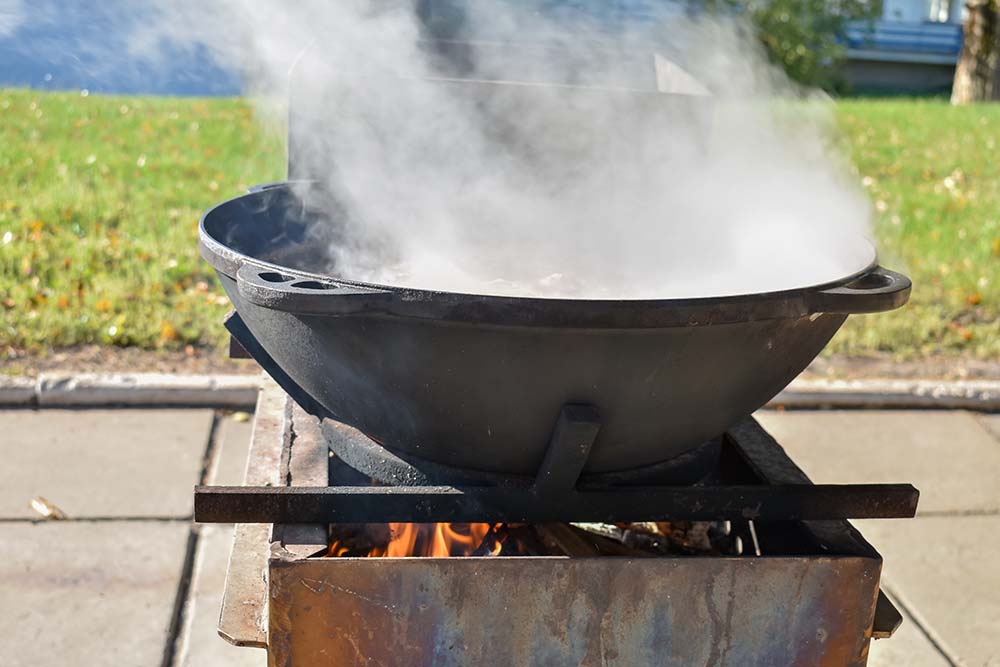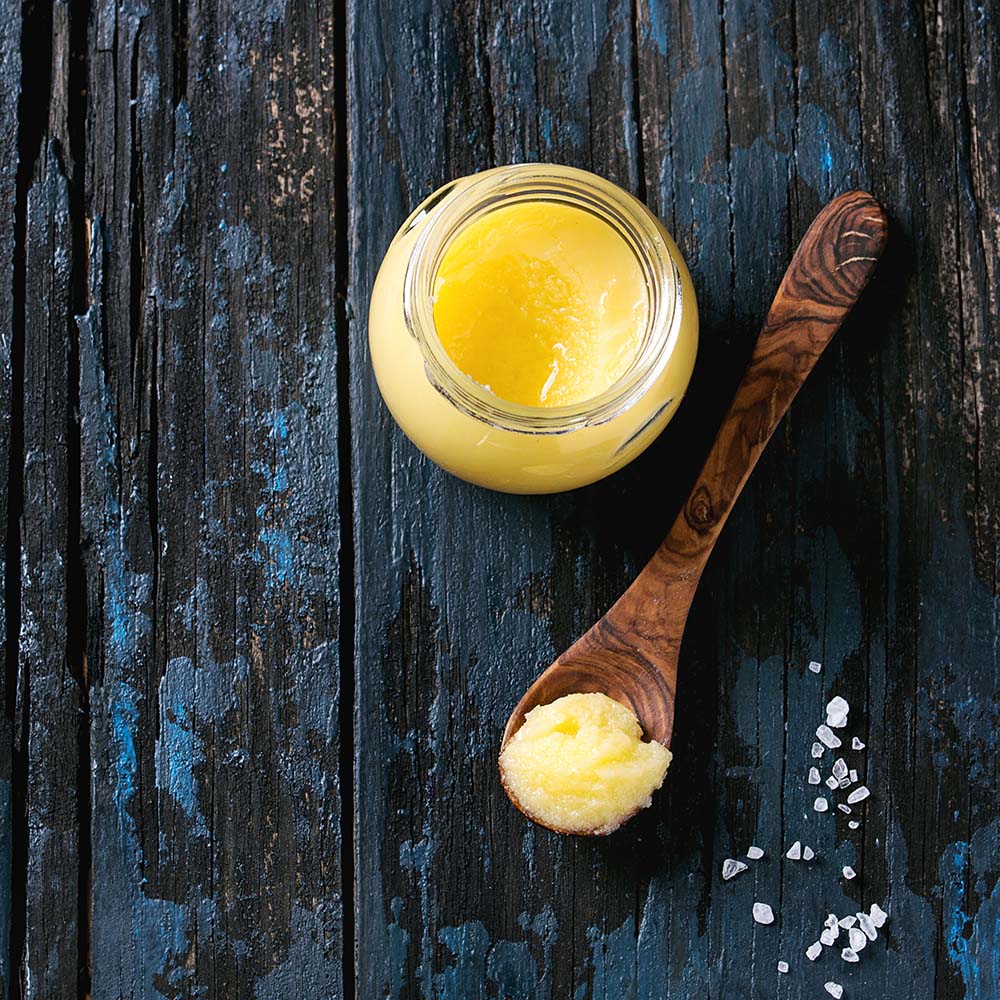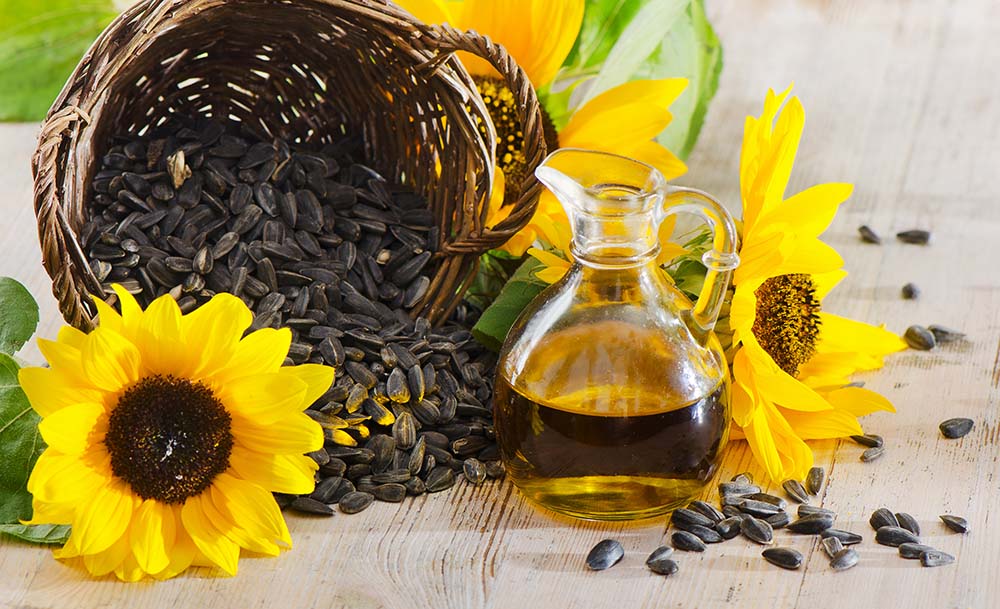As a proud new wok owner, you have a few critical choices to make. These choices – beginning from a type of cuisine you want to try out to whether you want to cook inside or outside your house – will set a roadmap that you will end up following to the culinary Mount Olympus.
None is so important as what kind of cooking oil you will use. Choose wrong, and your ‘authentic’ Chinese cookout will attract a fire brigade rather than your family and friends.
Since wok cooking is all about manipulating high temperatures, the question you will need to ask yourself when choosing the best oil for your wok cooking is what kind of smoke point it has.
High-smoke Point and Its Importance for Wok Cooking

First of all, a smoke point is the temperature at which an oil or any other cooking fat will begin to burn and smoke. And, needless to say, different cooking fats have different smoke points. As a general rule, the lower the smoke point, the worse it is for high temperature cooking such as a typical wok cooking like stir frying.
And to be clear: I am mostly talking about stir frying here. You are welcome to slow cook anything you want using a wok, but this pan is specifically designed for quick, high temperature cooking, so this is what I will discuss.
So, right off the bat, I strongly recommend using low smoke-point oils such as sesame oil or extra virgin olive oil to add flavor to a dish, rather than use in high temperature frying.
Other Criteria to Consider: Health Benefits and Taste
Even though high-smoke point is the most important criterion to consider when choosing an oil for stir-frying, it is not the only one. With such a wide variety of cooking fats available in the market, you may want to think if what you will be eating is good for your heart and kidneys as well as tastes good.
Also, some flavors simply do not work together. After all, who wants to eat a Thai curry that brings back memories of your vacation in Barcelona rather than Phuket, if an extra virgin olive oil is used instead of a more neutral tasting vegetable oil?
With all those in mind, let’s take a look at the several types of high smoke-point oils that can be used in high temperature cooking environments.
Chart of Oils with High Smoke Points
| Type of Fat | Smoke Point °F | Smoke Point °C | Neutral Flavor? |
| Safflower Oil | 510°F | 265°C | Yes |
| Rice Bran Oil | 490°F | 260°C | Yes |
| Light/Refined Olive Oil | 465°F | 240°C | Yes |
| Soybean Oil | 450°F | 230°C | Yes |
| Peanut Oil | 450°F | 230°C | Yes |
| Clarified Butter | 450°F | 230°C | No |
| Corn Oil | 450°F | 230°C | Yes |
| Sunflower Oil | 440°F | 225°C | Yes |
| Vegetable Oil | 400-450°F | 205-230°C | Yes |
| Canola Oil | 400°F | 205°C | Yes |
| Grapeseed Oil | 390°F | 195°C | Yes |
| Avocado Oil (Virgin) | 375-400°F | 190-205°C | No |
Types of Oils with a High Smoke Point
Data consistently points to a few oils and animal fats whose smoke point is high enough as to be safely used in a potential fire hazard cooking situation that I have been discussing so far. Let’s set the cutoff smoke point value at 400°F / 205°C, as I do not recommend using fats whose smoke point is below that level for stir frying. Let’s look at some of the good candidates individually.
Grapeseed Oil
Grapeseed oil has a pretty high smoke point of up to 450°F/232°C, and has a nice, fresh taste. It doesn’t really impart any flavor into food and keeps your food from sticking to your pan better than many other oils. It is also among one of the healthiest to use and can be used as its own ingredient as well as a medium for stir frying. Below, I recommend some fantastic grapeseed oil sellers:
- La Tourangelle makes it on this list yet again with this fantastic product.
- This refined expeller-pressed product from Grapeola.
- This excellent go-to by Pompeian.
Avocado Oil
Avocado Oil has a very high smoke point of 570°F/ 271°C. It is an excellent choice if you worry about including too much saturated fat into your diet. On the contrary, avocado oil has healthy unsaturated fatty acids and helps reduce the saturated fats. In addition, it contains large amounts of healthy fats such as oleic acid and is an excellent source of antioxidants such as lutein. However, its taste is strongly reminiscent of avocado, so unless this is the flavor profile you are OK with in your stir fry, we recommend something more neutral tasting.
Peanut Oil
While refined peanut oil has a very neutral flavor, cold pressed or gourmet peanut oil has a flavor profile that is, well, nutty and works extremely well for curries and other wok dishes that hail from Southeast Asia. It has a very high smoke point of around 450°F/232°C, and is a great choice for wok cooking.
Ghee

A bit unusual to find in your typical Chinese or Japanese kitchen, this clarified butter will work well for those of you who venture into Indian curries and even non-Asian flavors for your stir-fry. Ghee has a high smoke point of 480°F/ 250°C and is excellent if you want to add a more buttery, nutty flavor to your food without the risk of setting your kitchen on fire with real butter.
Canola Oil
Be it wok cooking or deep frying, this versatile oil is noted for its neutral flavor as well as a relatively high smoke point of 400°F/ 205°C. In its refined incarnation, it is not known for its many health benefits, but it does not mean that it cannot be low in saturated fats if cold-pressed.
Other Oils to Consider

- Extra light olive oil, like this one have a high smoke point of 468°F/242°C. These are different from extra virgin olive oils that have a much lower smoke point and should not be used for stir frying.
- Refined coconut oils like this Vietnamese single-origin Organic oil have a high smoke point of 450°F/ 232°C and may be used for stir frying, if the coconut flavor does not conflict with other flavors in your dish.
- Sunflower oil with a smoke point of 450°F/ 232°C has long been used in Europe and Asia as the vegetable oil of choice. A refined oil does has a neutral flavor and is great for stir frying. This one from Native Harvest is one of my favorite choices.
Wrapping Up
Enjoy the health benefits of avocado oils or the versatility of canola oil, the sheer scope of the choices facing you as an aspiring wok chef can be overwhelming. I hope that the work that went into my research will prove helpful to you as you narrow down your list and stack your stir fry pantry.

Thanks for the article.
Your table has ‘Safflower’ (_sic_).